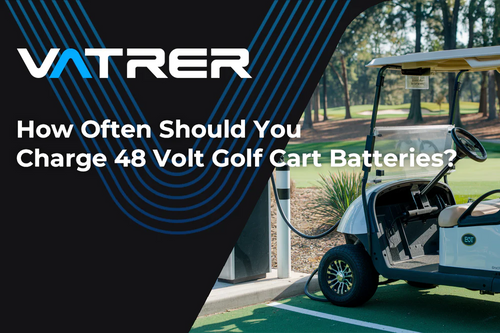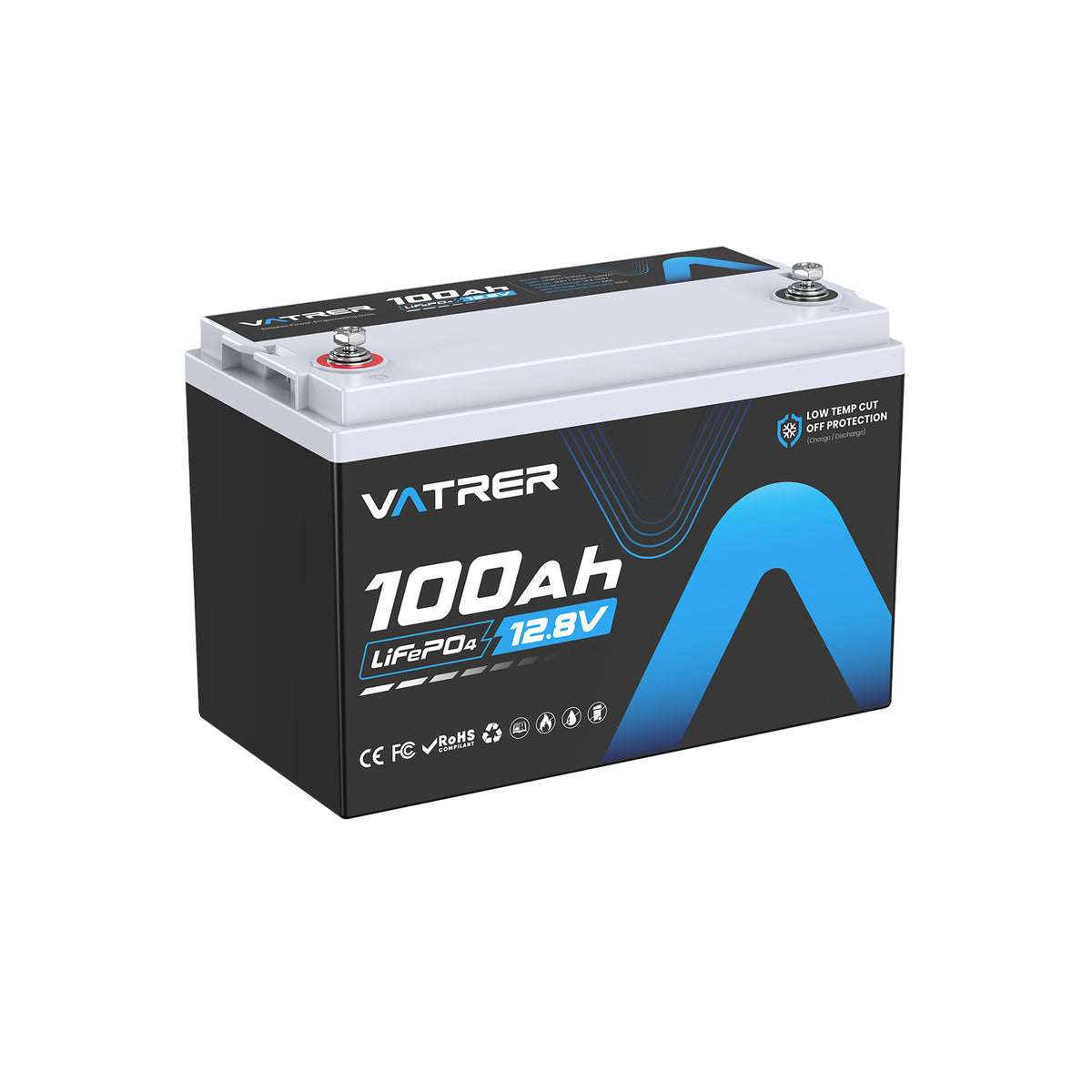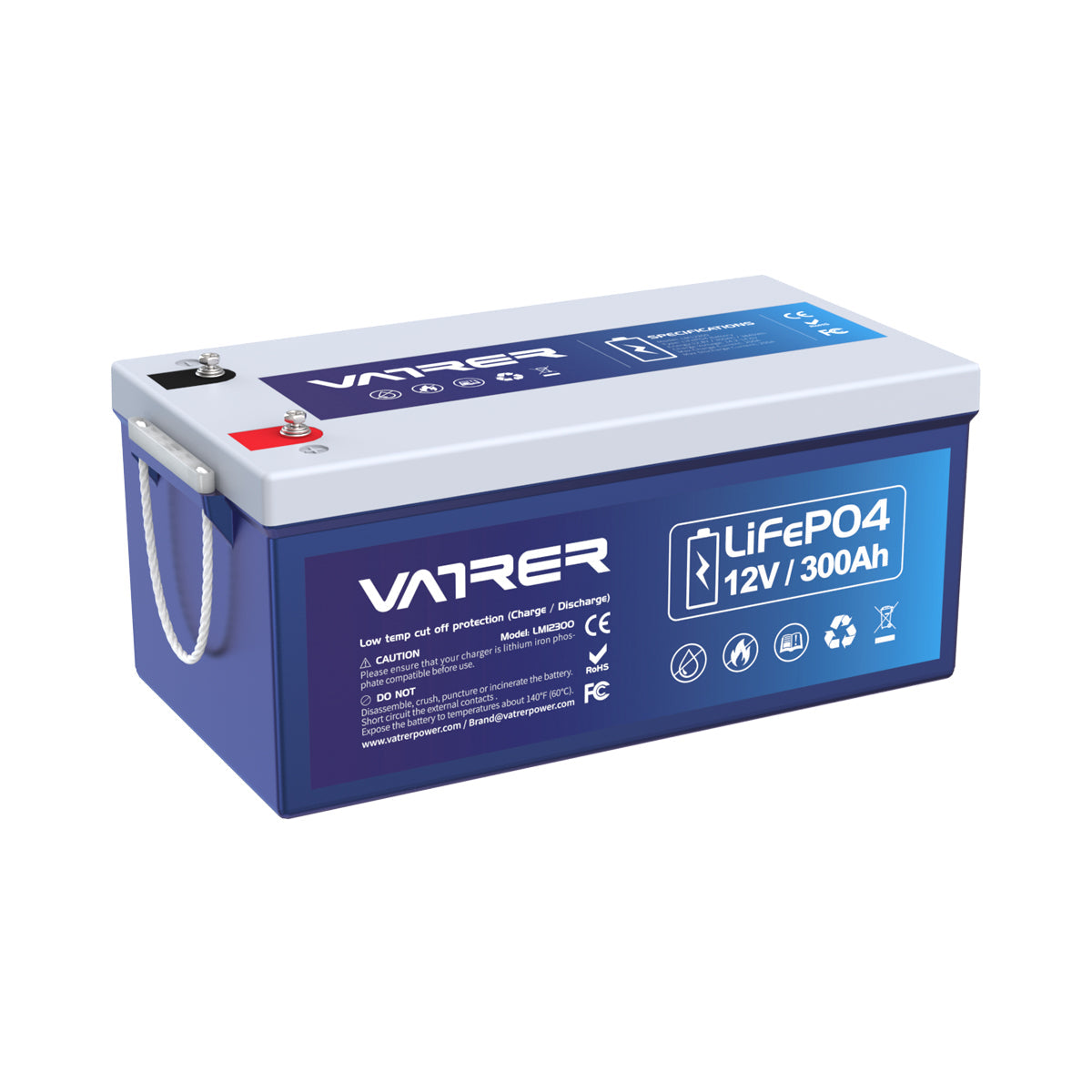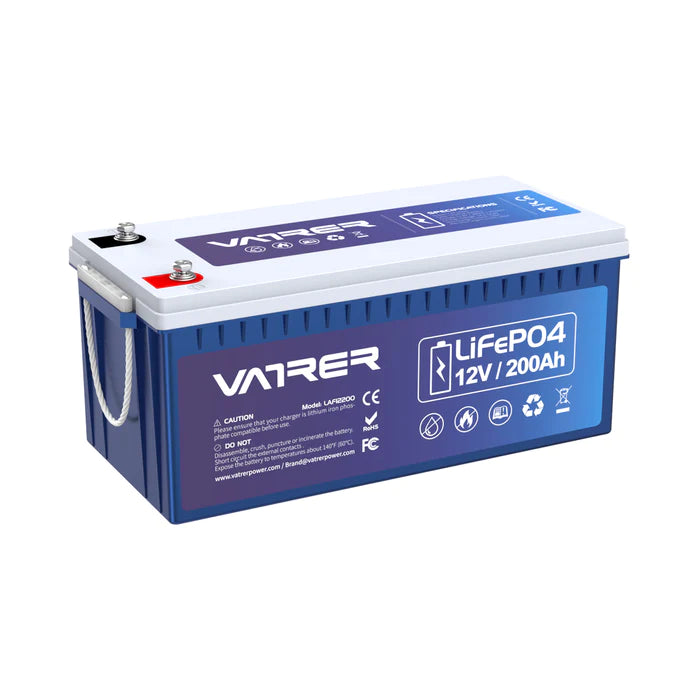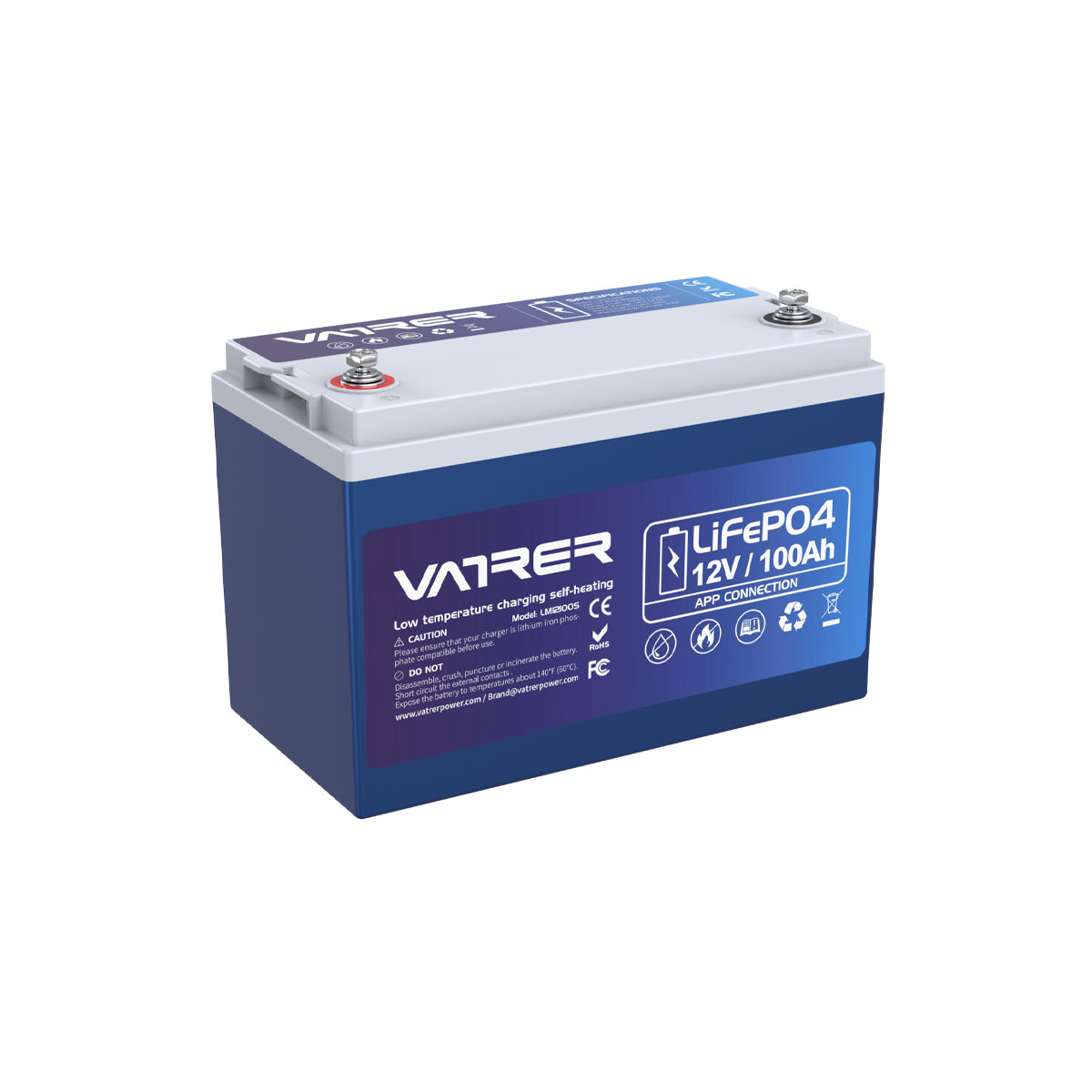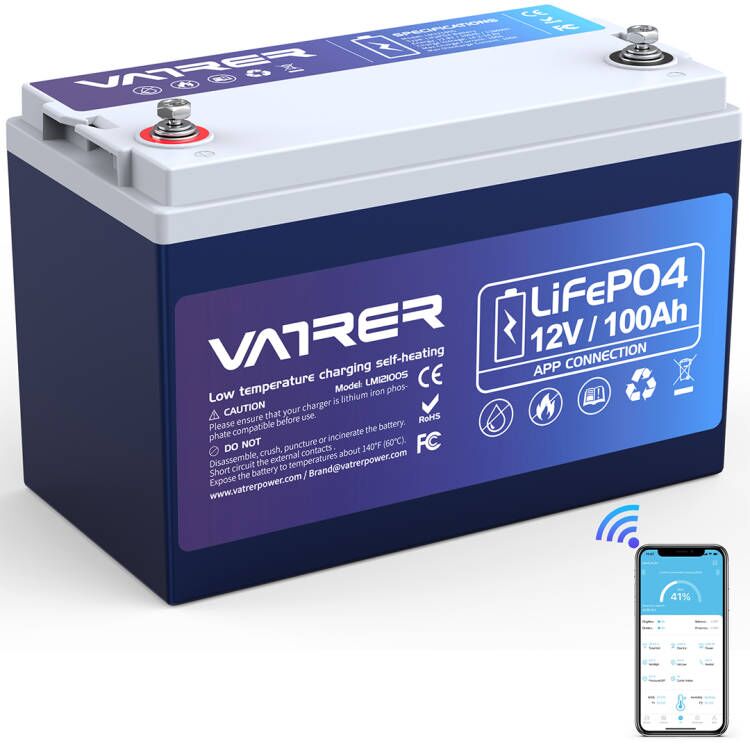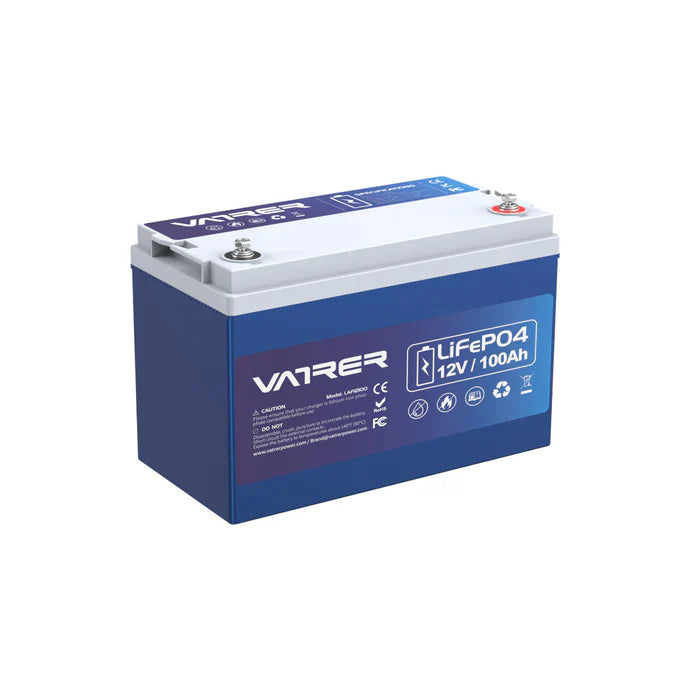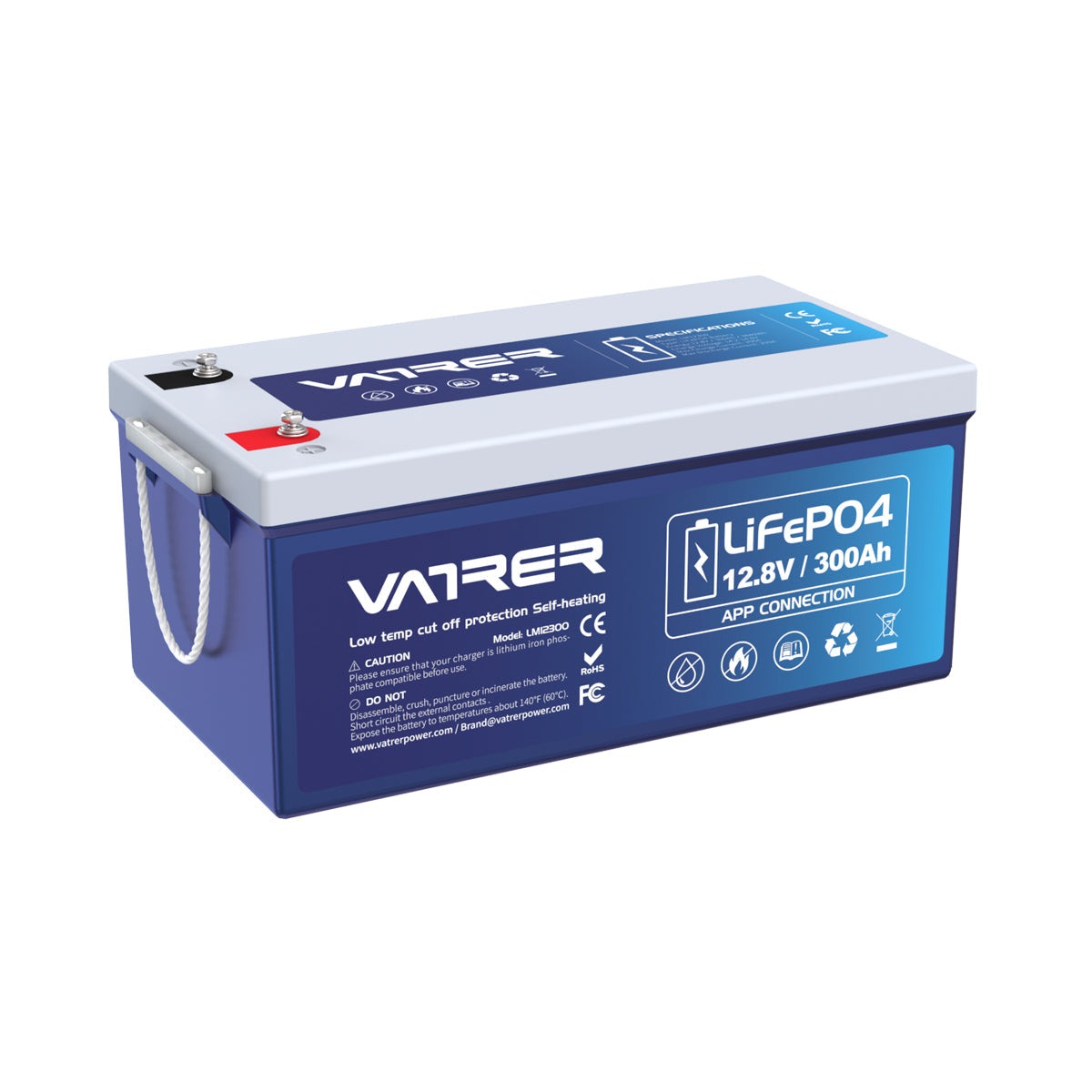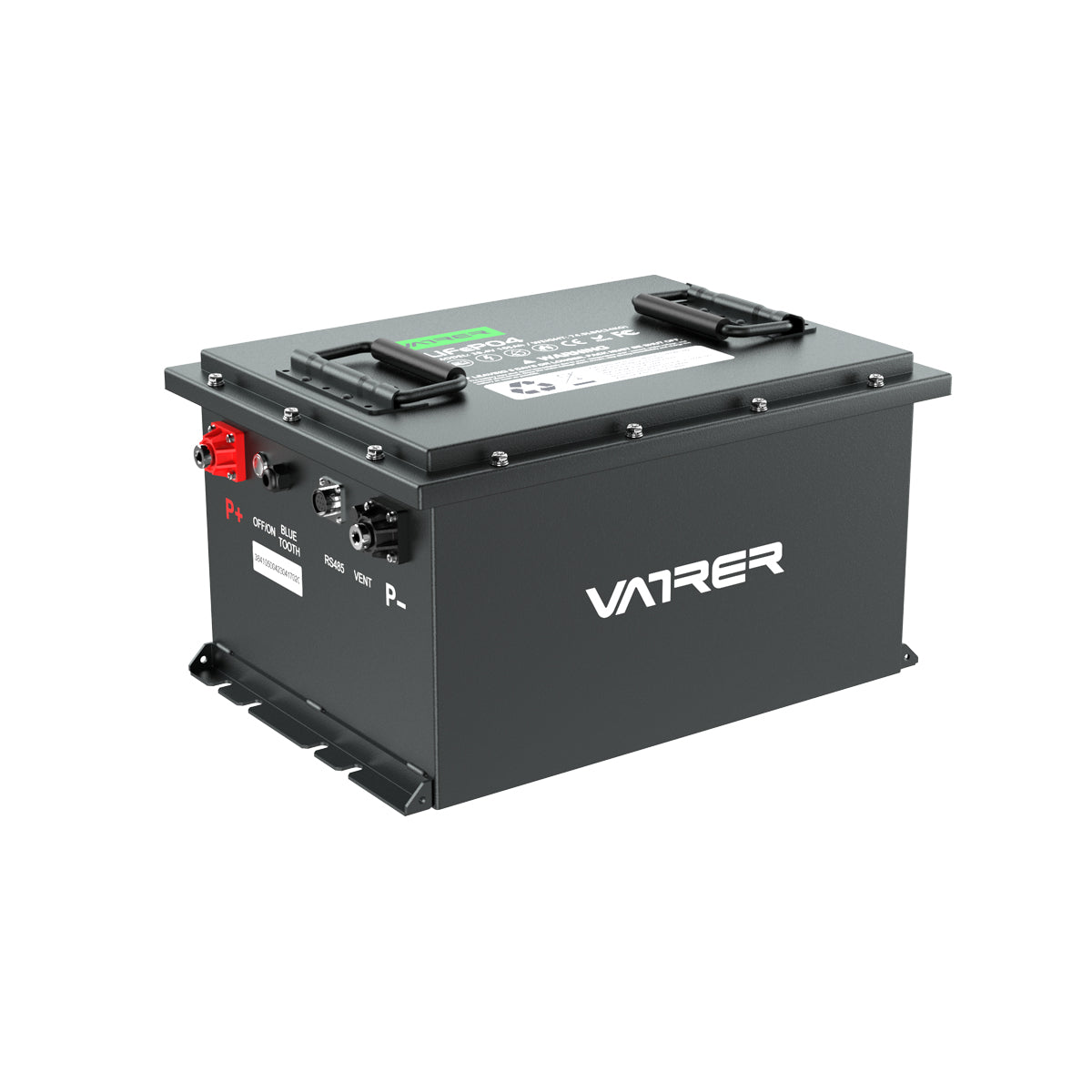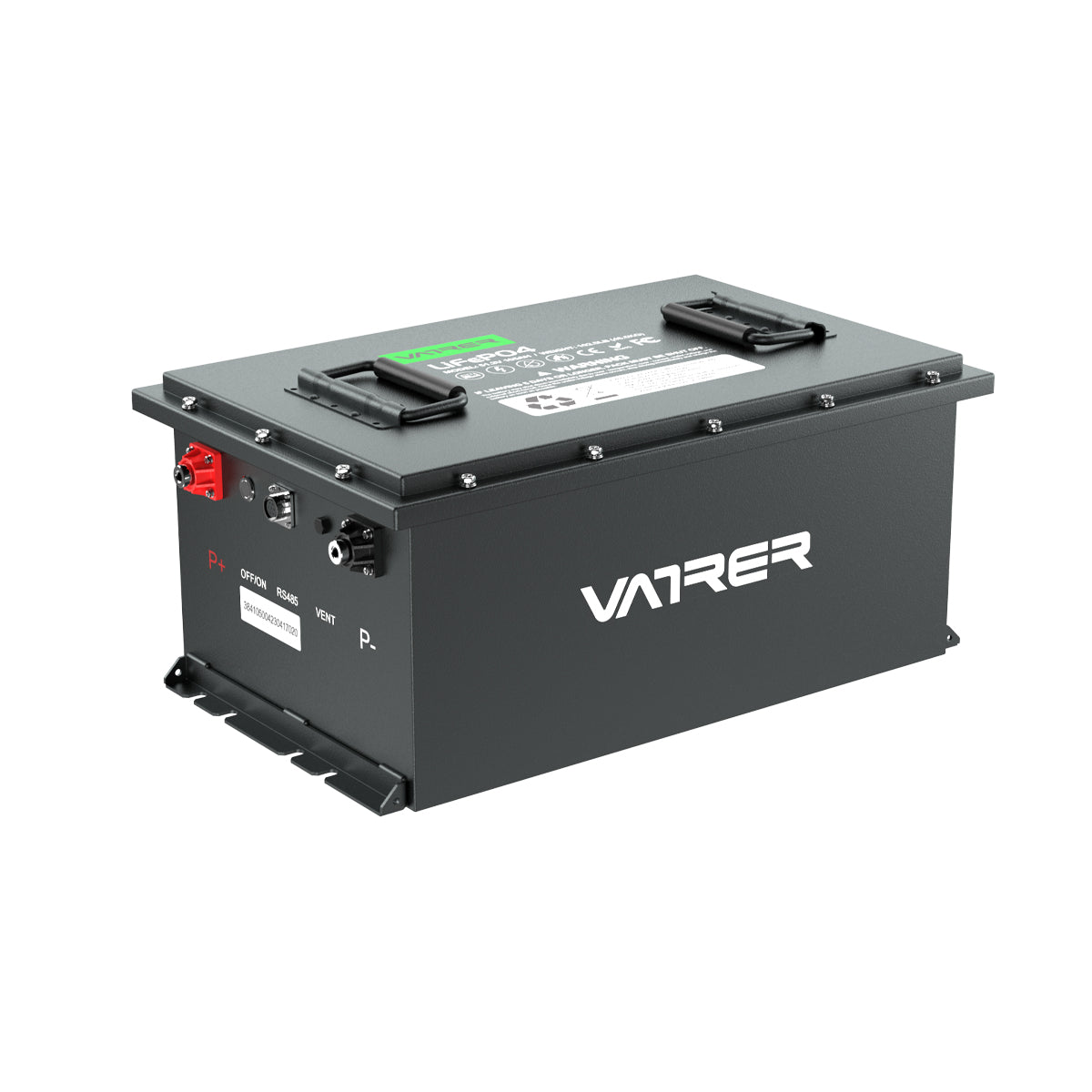1. はじめに
ゴルフカートバッテリーシステムの概要
ゴルフ カートは、ゴルフ コースからゲート コミュニティ、工業団地まで、さまざまな場所で欠かせない交通手段となっています。これらの車両は通常、充電式バッテリーで駆動され、動作に不可欠です。ゴルフ カートのバッテリー システムは、電動モーター、ライト、その他のアクセサリに電力を供給するために必要なエネルギーを供給するように設計されています。これらのバッテリー システムの複雑さを理解することは、ゴルフ カートの寿命と効率性を保証するために不可欠です。
ゴルフ カートのバッテリーは通常、自動車で使用されているものと同様の鉛蓄電池ですが、ディープ サイクル バッテリーであることが多いです。エンジンを始動するために短時間に高出力を供給する自動車のバッテリーとは異なり、ディープ サイクル バッテリーは、長期間にわたって安定した電力を供給するように設計されています。そのため、ゴルフ カートの継続的なエネルギー需要に最適です。

バッテリーメンテナンスの重要性
ゴルフカートのバッテリーを適切にメンテナンスすることは、いくつかの理由から重要です。まず、車両の信頼性を確保します。適切にメンテナンスされたバッテリーは、安定したパフォーマンスを提供し、予期しない故障のリスクを軽減します。次に、定期的なメンテナンスによりバッテリーの寿命が延び、コストパフォーマンスが向上します。最後に、バッテリーをメンテナンスすると、ゴルフカートの電気システムの全体的な健全性を維持し、他のコンポーネントへの潜在的な損傷を防ぐのに役立ちます。
2. ゴルフカートの電気システムを理解する
ゴルフカートの電気システムのコンポーネント
ゴルフ カートの電気システムは、車両の操作に重要な役割を果たすいくつかの主要コンポーネントで構成されています。これには次のものが含まれます。
-
バッテリーパック: 必要な電力を供給する電気システムの心臓部。
-
電動モーター:バッテリーからの電気エネルギーを機械エネルギーに変換してカートを駆動します。
-
コントローラー:バッテリーからモーターへの電力の流れを調整し、速度と加速を制御します。
-
キースイッチ: イグニッションとして機能し、ユーザーがカートのオン/オフを切り替えることができます。
-
充電器:カートを使用していないときにバッテリーパックを充電します。
システムにおけるキースイッチの役割
ゴルフカートのキースイッチは、バッテリーからシステムの他の部分への電気の流れを制御する重要なコンポーネントです。キーを「オン」の位置に回すと回路が完成し、モーターやその他のアクセサリに電気が流れます。逆に、キーを「オフ」の位置に回すと回路が切断され、電気の流れが止まり、カートが事実上停止します。

3. バッテリー消耗のメカニズム
キーをオンにしたままにしておくとバッテリーにどのような影響があるか
ゴルフカートを使用していないときにキーを「オン」の位置のままにしておくと、バッテリーの消耗が著しくなる場合があります。キーがオンのままになっていると、電気回路は閉じたままになり、電気が継続的に流れます。これにより、カートが停止しているときでも、ライト、コントローラー、その他のアクセサリなどのさまざまなコンポーネントに電力を供給できます。時間が経つにつれて、この継続的な電力消費によりバッテリーが消耗し、充電量が減り、寿命が短くなる可能性があります。
バッテリーの消耗の程度は、キーをオンにしたままにしている時間やアクティブ コンポーネントの電力消費など、いくつかの要因によって異なります。場合によっては、キーをオンにしたまま一晩放置するとバッテリーが完全に消耗し、再充電するまでカートが動作しなくなることがあります。
バッテリー消耗に寄与するその他の要因
キーをオンにしたままにしておくことは重要な要素ですが、ゴルフカートのバッテリー消耗に寄与する他の要素も存在します。
-
寄生負荷: カートの電源を切っても電力を消費し続ける小さな電気負荷です。一般的な負荷源としては、時計、アラーム、その他の電子機器などがあります。
-
配線またはコンポーネントの不良: 電気コンポーネントが損傷していたり、メンテナンスが不十分だと、意図しない電力消費が発生する可能性があります。
-
環境条件: 極端な温度はバッテリーの性能に影響を与え、放電率を高める可能性があります。
-
バッテリーの経年変化と状態: 古いバッテリーや状態の悪いバッテリーは充電を効率的に保持できず、消耗が早くなる場合があります。
4. ケーススタディと例
バッテリー消耗の実際のシナリオ
キーをオンにしたままにした場合の影響をよりよく理解するために、実際のシナリオをいくつか検証してみましょう。
-
シナリオ 1 : ゴルフ場の管理者が、所有する車両群のバッテリーが頻繁に故障していると報告しています。調査の結果、スタッフが夜間にキーをオンにしたままにしておくことが多く、バッテリーの消耗が著しく、メンテナンス コストが増加していることが判明しました。
-
シナリオ 2 : 住宅地でゴルフ カートの充電が保てないという問題が発生しています。さらに分析すると、多くのカートにアフターマーケットのアクセサリによる寄生負荷がかかっており、それが問題を悪化させていることが判明しました。
ゴルフカート利用者のデータ分析
ゴルフカート ユーザーから収集したデータから、バッテリー消耗の問題が蔓延していることが浮き彫りになりました。調査によると、かなりの割合のユーザーがバッテリー関連の問題を経験しており、キーをオンにしたままにしたり、その他の予防可能な要因に関係していることが多いようです。このデータは、ユーザー教育と適切なメンテナンスの重要性を強調しています。
以下は、バッテリー関連の問題に焦点を当てたゴルフカートユーザーのデータの分析をまとめた表です。
|
カテゴリ |
詳細 |
|---|---|
|
問題の蔓延 |
かなりの割合のユーザーがバッテリーの消耗の問題を報告しています。 |
|
一般的な原因 |
- キーをつけたままにする |
|
インパクト |
- ゴルフカートの使い勝手が悪くなる |
|
ユーザー教育 |
適切な使用方法とメンテナンスについてユーザーを教育する必要性を強調します。 |
|
メンテナンスの実践 |
定期的なチェックとベストプラクティスの遵守の重要性を強調します。 |
5. 予防措置
バッテリーメンテナンスのベストプラクティス
バッテリーの消耗を軽減し、ゴルフカートのバッテリーの寿命を延ばすには、次のベスト プラクティスを検討してください。
-
定期的な充電: 特に長時間使用した後は、バッテリーを定期的に充電してください。バッテリーが完全に放電しないようにしてください。
-
定期検査: 潜在的な問題を早期に特定して対処するために、バッテリーと電気システムを定期的に検査します。
-
清潔な接続: 効率的な電力伝送を確保するために、バッテリー端子を清潔に保ち、腐食を防ぎます。
-
適切な保管: 環境による損傷を防ぐため、使用していないときはゴルフカートを涼しく乾燥した場所に保管してください。
不要なバッテリーの消耗を防ぐためのヒント
-
キーをオフにする: カートを使用していないときは、必ずキーをオフにしてください。
-
アクセサリを取り外す: カートの電源がオフのときに電力を消費する可能性のある不要なアクセサリをすべて取り外すか、接続を解除します。
-
バッテリー メンテナーを使用する: 非アクティブ期間中にバッテリーを最適な充電レベルに保つために、バッテリー メンテナーまたはトリクル チャージャーの使用を検討してください。
6. 結論
調査結果の要約
結論として、ゴルフカートにキーを入れたままにしておくと、バッテリーが大幅に消耗し、パフォーマンスが低下し、損傷する可能性があります。寄生負荷や環境条件などの他の要因も、バッテリーの消耗に寄与する可能性があります。これらのメカニズムを理解することは、効果的なバッテリー管理にとって非常に重要です。
ゴルフカートオーナーへの推奨事項
ゴルフ カートの所有者は、定期的なメンテナンスを優先し、バッテリーの消耗を最小限に抑えるための予防策を講じる必要があります。キーをオフにし、不要なアクセサリを外し、バッテリーをメンテナンスすることで、所有者はゴルフ カートの信頼性と効率性を維持できます。これらの習慣についてユーザーを教育することは、バッテリー寿命を延ばし、車両の全体的なパフォーマンスを向上させるために不可欠です。



